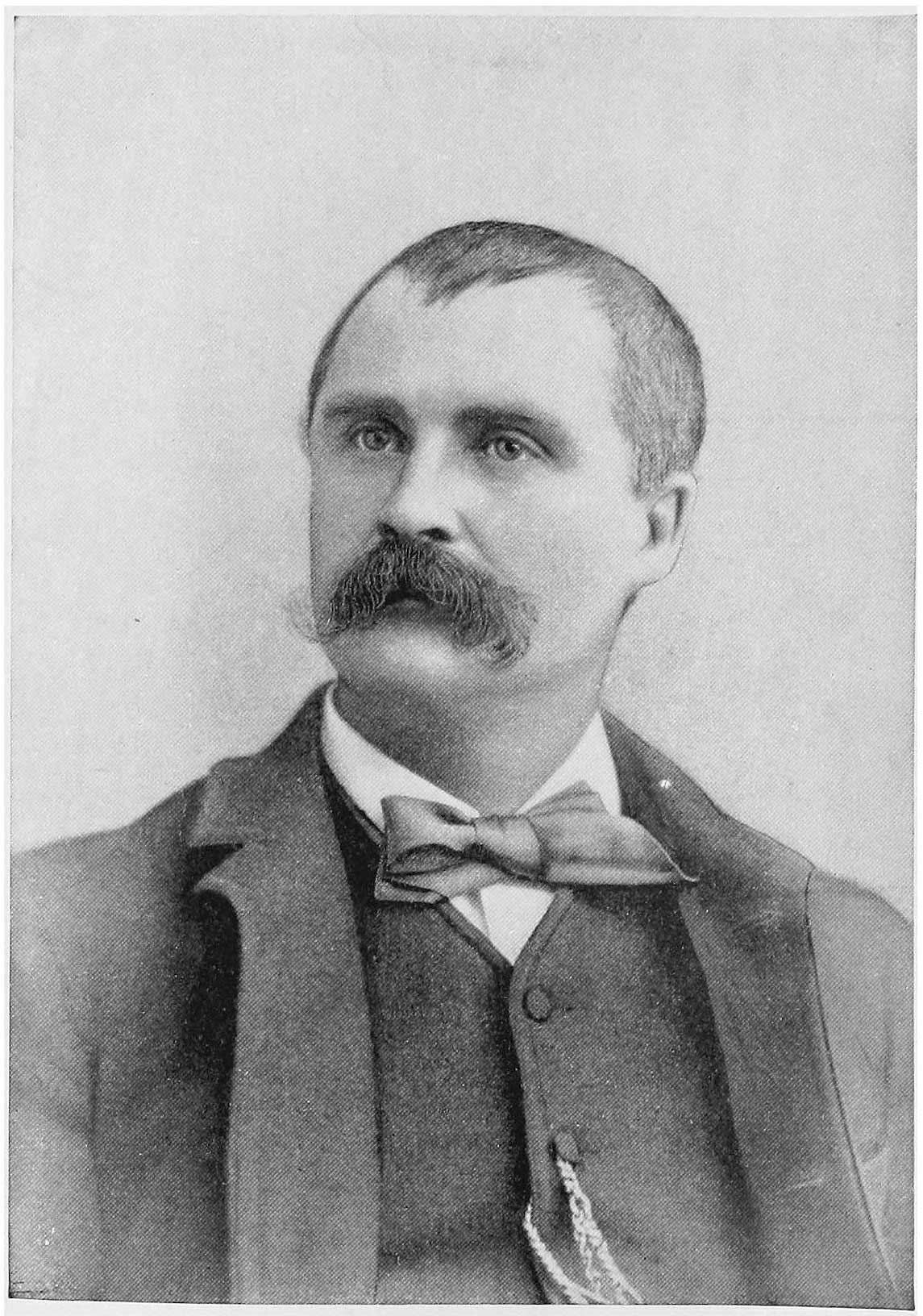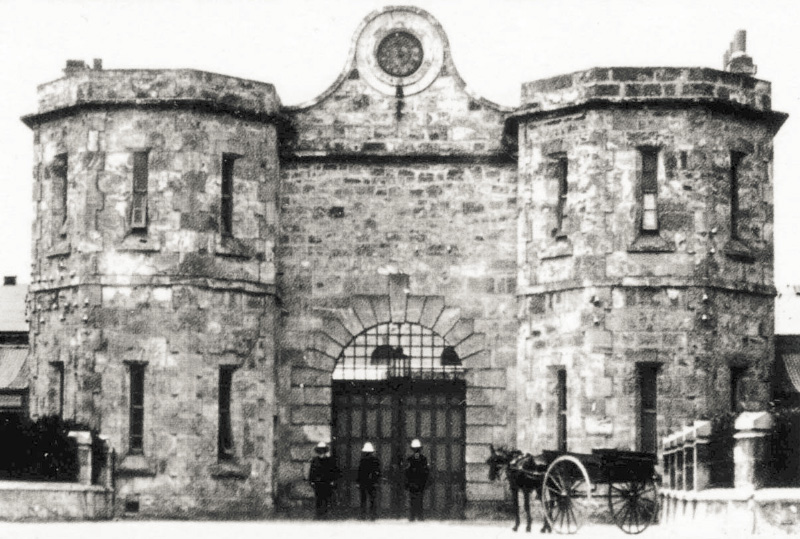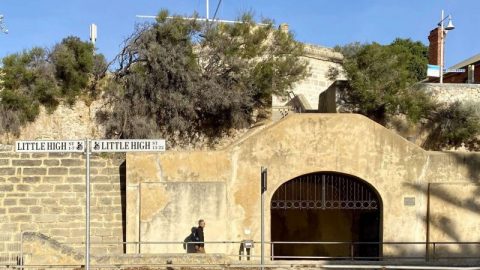January 10, 2018 marks the 150-year anniversary of the arrival of the last convict ship to Australia – the Hougoumont. This ship anchored near Rottnest Island on the night of 9 January and arrived in Fremantle on 10 January 1868.
On board the vessel were 280 convicts including 62 Irish political prisoners known as Fenians. The Fenian movement or the Irish Republican Brotherhood (IRB) flourished in Ireland during the 1860’s fighting for Ireland’s freedom from English rule.
The English defeated the rebellion and two groups were charged and convicted – civilians and those who had served in the British military. The arrested civilians were treated as political prisoners while the military men were treated more harshly as criminals, because they were charged with treason for betraying the British army. All were transported to Western Australia. While the civilians were able to become ticket-of-leave men, the military Fenians were sentenced to prison for at least 20 years.
Two of the Fenians – John Flood, a journalist and John Boyle O’Reilly, a poet – published 7 volumes of a ‘newspaper’ on board the Hougoumont to ‘keep up the spirits’ of the Irish prisoners on board. The newspaper was called the Wild Goose and the original copy survives in the Mitchell Library, NSW. Another Fenian, Denis Cashman, wrote a diary during the voyage. A copy of this is in the Battye Library, Perth.
The administrators of the Swan River Colony were not keen on these new arrivals, as they were considered to be dangerous. However the Fenians were literate, educated and less trouble than most of the convicts in Fremantle prison. Those who remained in the colony contributed greatly to Western Australia, while others, including John Flood made significant contributions to Australian society.
John Boyle O’Reilly was transferred to Bunbury where at first he worked on a road gang and later delivered mail in the district. He was a keen observer of local flora and fauna, an advocate for the preservation of a large Jarrah tree and one of the first people to contribute to the literature of WA. His observations of the treatment of Aboriginal people and his story about the bushranger, Moondyne were published in the USA some years later.
John Boyle O’Reilly, together with members of the local Irish community and a Catholic priest, Fr McCabe, plotted his escape aboard the Gazelle in 1869. Once in the US, O’Reilly became the editor of the Boston Pilot and worked tirelessly to organize for the American whaling ship the Catalpa to undertake a daring rescue of the remaining military Fenian prisoners from Western Australia in 1876.
Extracts from Cashman’s Diary can be read in The Fenian Wild Goose – by Ormonde D.P. Waters. A well researched biographical dictionary of the 62 Fenians has been written by Liam Barry in Voices from the Tomb. Both are available from Fremantle Prison gift shop.










